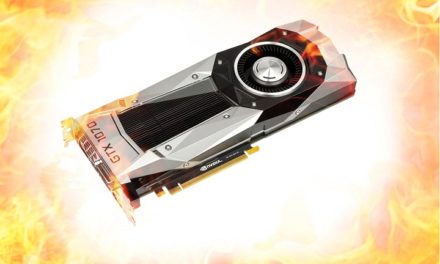
We have the specifications for the Tesla K20 accelerator
The accelerator card for professional use uses a cGPU codenamed GK110.

Technical indicators show why NVIDIA is not using the chip on the GeForce line, although rumors suggest that this situation may change next March. The chip exhibits quite an astonishing 7,1 billion transistor numbers, which can mean a brutally large physical extent even at a bandwidth of 28 nm - data on this has not come to light. In order to improve the yield and reduce the consumption, 15 of the 2 available SMX units have been disabled, but the 13 arrays in this way are not a cause for shame either, as they hide a total of 2496 CUDA cores. Based on what has been done so far, it can be easily calculated that the total capacity of the chip would be 2880 processor cores.

The GK705 cGPU, operating at 110 MHz, has a single-precision floating-point performance of 3,52 TFLOP / s, while double-precision 1,17 TFLOP / s. The graphics processor accesses 5GB of GDDR5 onboard memory at 200GB / s. It is important to note that the gigantic onboard storage also comes with ECC support. The Tesla K20 has a 225 watt TDP, so it also requires a 6-pin and an 8-pin PCIe power connector to operate.

The GK110 tries to win over customers with a number of new features, such as VGX Hypervisor (virtualized GPU), HyperQ (drastically increases cGPU utilization, as the chip can now handle 1 tasks instead of the previous 32), and Dynamic Parallelism and GPUDirect with RDMA, which essentially reduce, make communication between the CPU and the GPU more efficient, thereby improving the utilization of graphics processor resources. Deployment of CUDA 5.0 is required to apply the new features. Apparently, the engineers did their best to make the Tesla K20 stand out in as many areas as possible. Related to the latter is that the accelerator comes in two versions: with active cooling to workstations and desktops, and with passive design due to server systems.
The product, intended for the professional market, will in principle be available for 2950 euros, mass production may start in early November, and widespread availability is expected in December. The good news for the Greens is that the first specimens are already serving on the Titan supercomputer at the Oak Ridge National Laboratory Center. According to plans, Titan will receive a total of 14 Tesla K592 accelerators next year.
Source: heise.de














